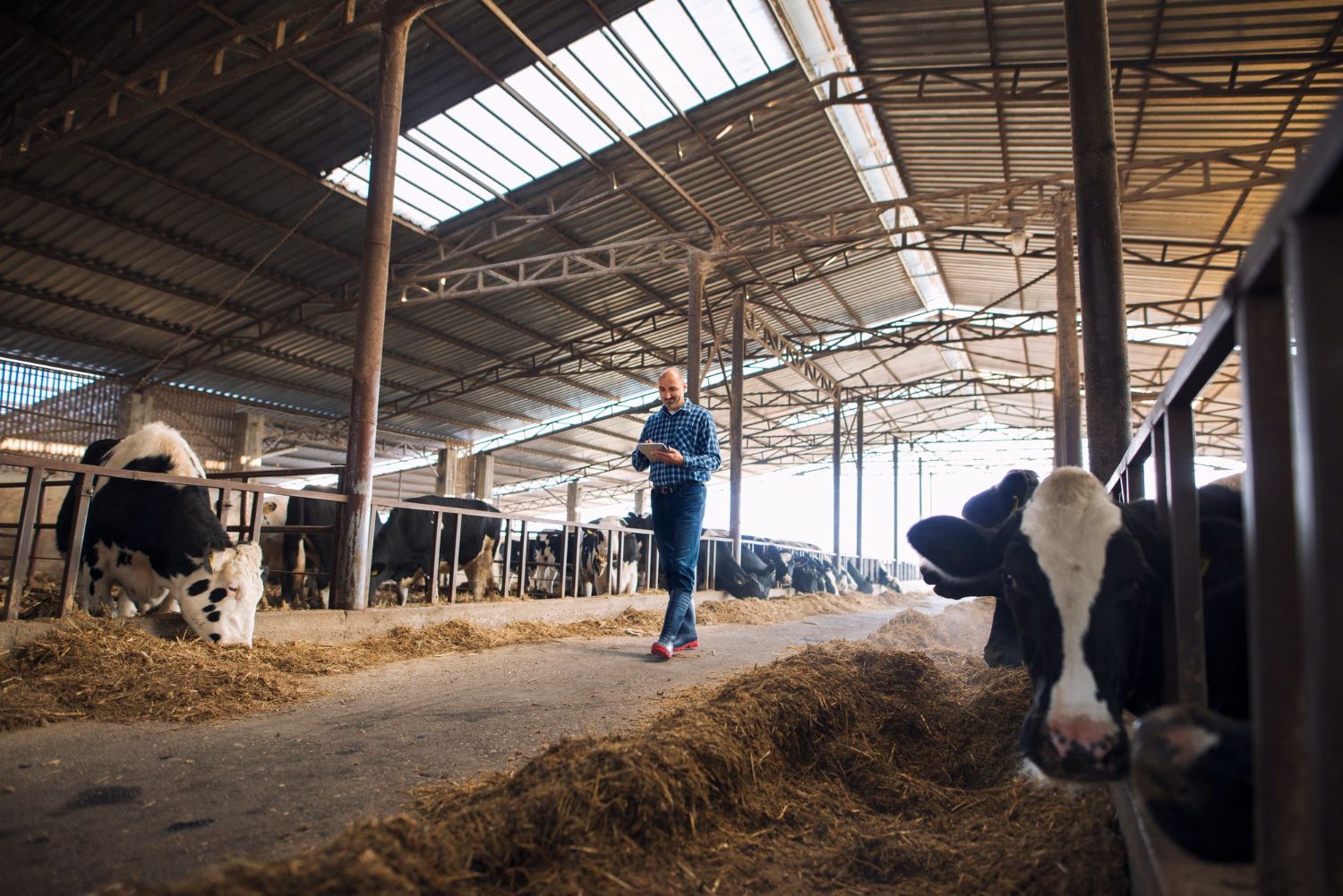Organisations are facing numerous challenges that can impact their growth and profitability. The Bega Group's recent property deal with Charter Hall serves as a stark sign of the times, highlighting the critical role of commercially astute leaders in successfully navigating these challenges. This blog explores the implications of the deal, sheds light on the dairy industry's challenges, and emphasises the significance of hiring the right leaders to steer organisations towards success.
Challenges in Australia’s Dairy Industry
The Bega Group operates in the dairy industry, which is currently facing several significant challenges. Firstly, Australian milk production has been on the decline, with a reduction of over 700 million litres in the past two years alone, amounting to a 9% decrease. This decline in milk production has a direct impact on Bega Group's operations, necessitating strategic decision-making to mitigate the effects.
Secondly, the intense competition for raw milk within the industry poses long-term challenges. With limited industry rationalisation, Bega Group expects this competition to persist beyond the current year. This scenario necessitates proactive measures to secure a reliable supply of raw milk and maintain profitability.
Lastly, the potential non-cash impairment of bulk dairy ingredient assets further adds to the industry's challenges. As the dynamics of the dairy market continue to evolve, commercially astute leaders must make informed decisions regarding the valuation and utilisation of these assets.
The Importance of Commercially Astute Leadership
In the face of these challenges, having the right commercially minded leaders in place becomes crucial for organisations like the Bega Group. These leaders play a pivotal role in reducing debt, supporting strategic direction, and ensuring sustainable growth.
Debt Reduction and Strategic Direction
The Bega Group's property deal with Charter Hall is a prime example of how commercially astute leaders can bolster the company's balance sheet. By divesting the property at 1 Vegemite Way in Port Melbourne for $114.6 million and leasing it back, Bega Group can reduce its debt while continuing operations. This deal was likely identified, structured, and brokered by leaders who possess a deep understanding of the financial landscape and strategic business opportunities.
Implications on Financial Performance
The successful execution of the property deal has positive implications for Bega Group's financial performance. The injection of funds aids in paying down debt and supports the company's strategic transition to a brand-focused organisation. Leaders with a keen eye for financial opportunities can identify such deals, evaluate their potential impact, and negotiate favourable terms that align with the company's objectives.
Overcoming Input Cost Increases
Commercially astute leaders are adept at navigating input cost increases, such as rising prices of raw milk, packaging, logistics, and energy. Bega Group's investment in continuous improvement programs, technology, and successful price increases demonstrate their ability to mitigate these challenges. Through effective cost management and strategic initiatives, leaders can maintain profitability even in the face of cost pressures.
Beyond Customer Loyalty
While customer loyalty is valuable, relying solely on it is not a sustainable strategy for success in most industries. Commercially astute leaders recognize the importance of continuously evolving and strengthening brands, diversifying product offerings, and exploring new markets. Bega Group's success in growing its white milk brands, convenience, and food service channels highlights the strategic vision and innovation required to remain competitive.
Attributes of Commercially Astute Leaders
Boards of directors seeking commercially astute leaders should consider the following key attributes and characteristics:
- Financial Acumen
- Leaders must possess a strong understanding of financial concepts, including cash flow management, investment strategies, and risk assessment. This expertise enables informed decision-making in complex financial environments.
- Strategic Thinking
- Leaders must demonstrate the ability to develop and execute long-term strategies aligned with the organisation's goals. They should be forward-thinking, adaptable, and capable of identifying opportunities amidst challenges.
- Market Insight
- Having a deep understanding of market dynamics, industry trends, and consumer behaviour enables leaders to make informed decisions and stay ahead of the competition.
- Collaboration and Influence
Effective leaders foster collaboration across departments, build strong relationships with stakeholders, and influence decision-making processes. This skill set is vital in navigating complex negotiations and driving organisational growth.
Identifying Commercially Astute Leaders
Organisations can identify commercially astute leaders by expanding their networks and partnering with executive search firms. These firms specialise in identifying top talent and can provide access to a diverse pool of executives with the desired attributes. Furthermore, organisations should prioritise comprehensive assessments, including interviews, reference checks, and behavioural assessments, to evaluate candidates' suitability for the role.
The Right Time for Talent Pooling
Given the dynamic nature of today's business environment, organisations should proactively talent pool for commercially minded executives. This approach enables them to stay ahead of emerging challenges, capitalise on strategic opportunities, and maintain a competitive advantage. By developing a strong talent pipeline, organisations can ensure a smooth leadership succession process and minimise disruptions during critical transitions.
The Bega Group's property deal with Charter Hall serves as a powerful example of the critical role commercially astute leaders play in navigating challenging business environments. The dairy industry's decline in milk production, intense competition, and potential impairments underscore the need for leaders who possess financial acumen, strategic thinking, market insight, collaboration skills, and influence. By hiring the right leaders, organisations can reduce debt, support strategic direction, overcome input cost increases, and build sustainable profitability. In today's fast-paced business landscape, organisations must prioritise the identification and development of commercially astute leaders to ensure long-term success.
At ELR Executive we have over 20 years of experience helping FMCG and Food and Beverage organisations identify and attract the right talent to help achieve better business outcomes. If you'd like to learn more about how we can help you identify commercially astute leaders, speak to us today.


